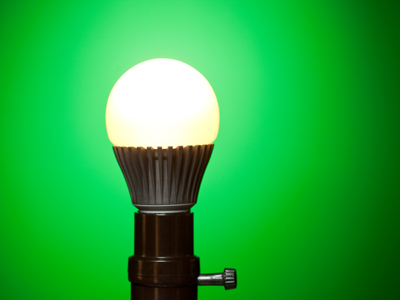
Physics - Wasted Energy and Efficiency
This Physics quiz is called 'Physics - Wasted Energy and Efficiency' and it has been written by teachers to help you if you are studying the subject at senior high school. Playing educational quizzes is one of the most efficienct ways to learn if you are in the 11th or 12th grade - aged 16 to 18.
It costs only $12.50 per month to play this quiz and over 3,500 others that help you with your school work. You can subscribe on the page at Join Us
When energy is transferred only part of it is usefully transferred - the rest is ‘lost’. Only it isn't really lost. It is still there but in different forms and spread out into the surroundings, so we refer to it as 'wasted energy'. This wasted energy is often in the form of heat but could be in other forms like light and sound. One way or another, the energy that has been transferred to the surroundings makes them warmer. The wasted energy is increasingly spread out and is therefore a lot less useful.
Total power generated: 62,161.5 MW
Step-up transformer losses: 157 MW
Step-down transformer losses: 142 MW
Losses caused by heating of the cables during transmission: 1.4%
Ready for more?
not all...
quizzers. Try to win a coveted spot on our Hall of Fame Page.








(efficiency x input wattage) ÷ 100 = output wattage